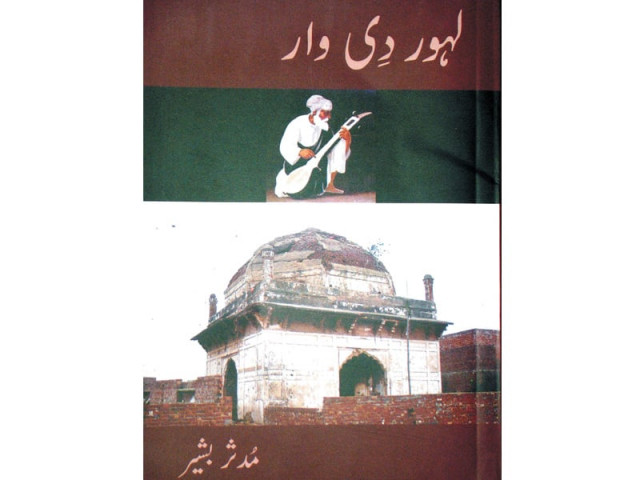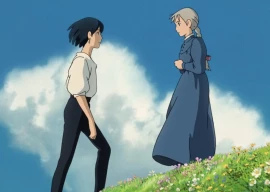
The book opens with a brief note titled “jinhain lahore nahi takya, o jamia nai”, a famous saying about the city that translates to “one who has not seen Lahore, has not been born”. Interestingly the book has not been compiled in the conventional and chronological style of a typical historical work, but is instead divided into five topics — Maqbray (Tombs), Mazaar (Shrines), Pehlwaan (Wrestlers), Kavi, Likhari (Writers and Poets) and Sangeet, Art, Theatre, Film.
The first chapter, Pehlwaan, touches upon one of the oldest established sports of the inner city. Bashir writes about globally renowned pehlwaans including Jhara, Goga Rustam, Bholu, Gama and Achha Pehlwaan. The tragic biographies of heroes like Jhara, who struggled to make ends meet and died in penury, are a testament to the lost tradition and custom of the Pehlwan which has unfortunately fallen victim to sheer neglect.
Likewise, the author also explores the historically valued tombs of Budhu, Mary Charlotte, Gul Begum, Mian Khan, Dai Anga, Jafar Khan, Nadra Begum, Prince Pervez and Ayaz which have similarly been ignored. It is sad that many of Lahore’s traditionally rich mausoleums have fallen into disrepair as successive governments have been very selective of the sites they promote as cultural heritage spots.
The book is a great contribution to Punjabi Literature with its projection of comparatively lesser known areas and segments of Lahore’s rich cultural history. Whether it is a chapter on the wrestlers of Lahore or an account of the shrines, tombs or artists in Lahore, Bashir skillfully collects and analyses facts, apprising readers of the cultural and historical treasures that are unknown to a majority of the people. That said, one of the major drawbacks of the book is its use of extremely flamboyant classical Punjabi. Most readers will surely find it difficult to read if they are not well versed in the language. For instance, expressions like “Mudhli Gal” (Preface), “Vand” (Indo-Pak partition) and “Jannam Bhoomi” (Place of Birth) are not easily digestible for the current Punjabi generation.
Published in The Express Tribune, Sunday Magazine, January 22nd, 2012.


















COMMENTS
Comments are moderated and generally will be posted if they are on-topic and not abusive.
For more information, please see our Comments FAQ